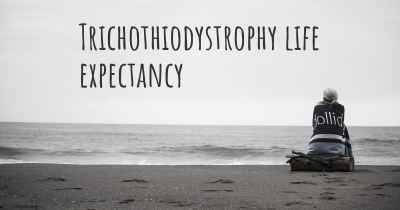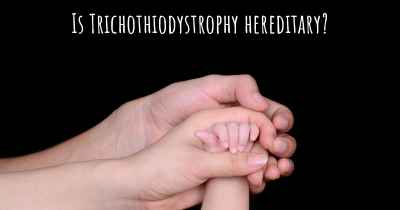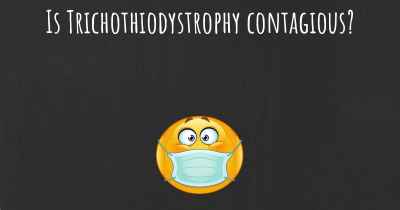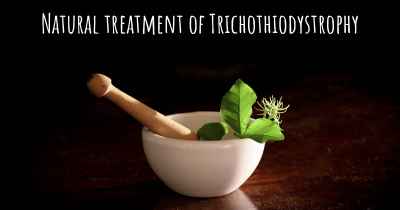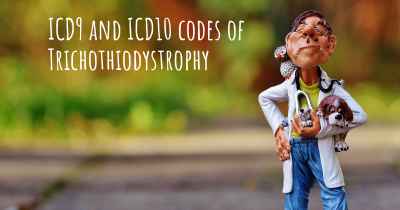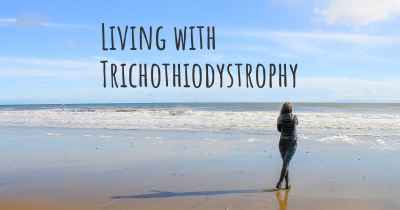How is Trichothiodystrophy diagnosed?
See how Trichothiodystrophy is diagnosed. Which specialists are essential to meet, what tests are needed and other useful information for the diagnosis of Trichothiodystrophy
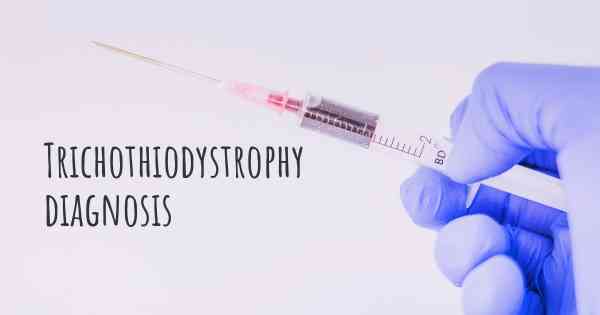
Trichothiodystrophy (TTD) is a rare genetic disorder that affects the hair, skin, and nails. It is characterized by brittle hair, intellectual disability, and various physical abnormalities. Diagnosing TTD can be challenging due to its rarity and overlapping symptoms with other conditions. However, there are several key diagnostic methods that healthcare professionals utilize to identify and confirm the presence of TTD.
Physical Examination and Medical History
The diagnostic process for TTD typically begins with a thorough physical examination and review of the patient's medical history. The healthcare provider will carefully assess the individual's hair, skin, and nails for any characteristic signs of TTD, such as short, brittle hair or skin abnormalities. They will also inquire about the patient's symptoms, family history, and any developmental delays or intellectual disabilities.
Genetic Testing
Genetic testing plays a crucial role in diagnosing Trichothiodystrophy. It involves analyzing the individual's DNA to identify any genetic mutations or abnormalities associated with TTD. The most common method used is sequencing the genes known to be associated with TTD, such as ERCC2, ERCC3, or GTF2H5. This can be done through various techniques, including Sanger sequencing or next-generation sequencing.
Genetic testing can help confirm the diagnosis of TTD and differentiate it from other conditions with similar symptoms. It can also provide valuable information about the specific genetic mutation present in the individual, which can aid in understanding the prognosis and potential treatment options.
Hair Microscopy
Hair microscopy is another important diagnostic tool for TTD. A small sample of the individual's hair is examined under a microscope to assess its structure and characteristics. In TTD, the hair shafts often appear thin, brittle, and have a "tiger-tail" pattern when viewed under polarized light. This distinctive pattern is caused by irregular distribution of sulfur atoms in the hair shaft, which is a hallmark of TTD.
Measurement of Cysteine Content
Measuring the cysteine content in the hair can also aid in the diagnosis of TTD. Cysteine is an amino acid that plays a crucial role in hair structure and strength. In TTD, the cysteine levels are often reduced, contributing to the characteristic brittle hair. This test involves collecting a small hair sample and analyzing it in a laboratory to determine the cysteine levels.
Other Diagnostic Tests
In addition to the aforementioned methods, healthcare professionals may perform other diagnostic tests to further evaluate the individual and rule out other conditions. These tests may include:
- Electron microscopy: This technique allows for a detailed examination of the hair shafts and can reveal specific structural abnormalities associated with TTD.
- Neurological evaluation: As TTD can be accompanied by intellectual disability and developmental delays, a comprehensive neurological assessment may be conducted to assess cognitive function and identify any associated neurological abnormalities.
- Skin biopsy: In some cases, a small sample of skin may be taken for microscopic examination to detect any skin abnormalities that are characteristic of TTD.
- X-rays and imaging: Imaging studies, such as X-rays or magnetic resonance imaging (MRI), may be performed to evaluate any skeletal abnormalities or structural defects that can be associated with TTD.
It is important to note that the diagnostic process for TTD should be carried out by qualified healthcare professionals experienced in dealing with rare genetic disorders. The combination of physical examination, medical history, genetic testing, hair microscopy, cysteine measurement, and other diagnostic tests helps in accurately diagnosing Trichothiodystrophy and differentiating it from other conditions with similar symptoms.
